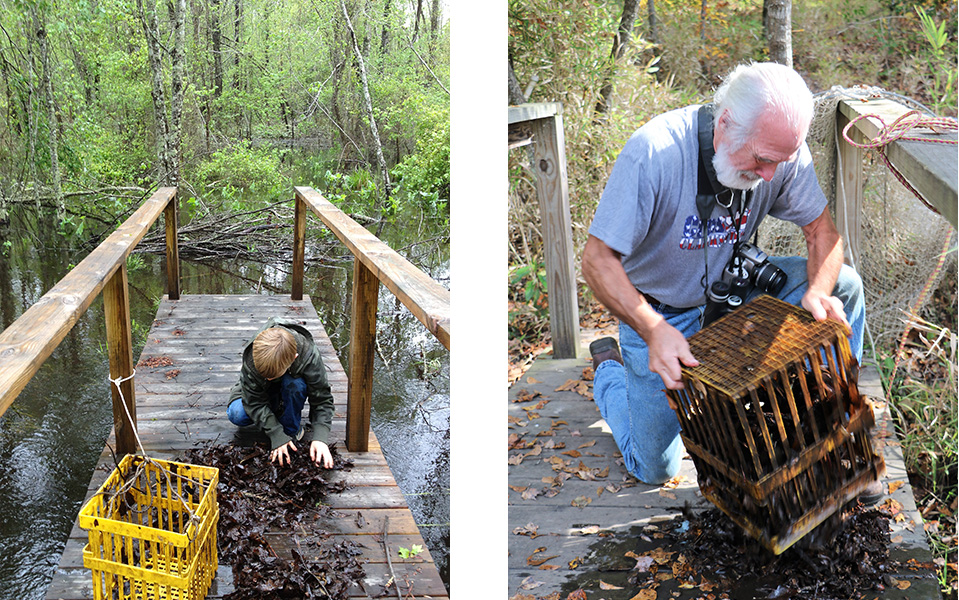Herpetological Collecting Techniques
Herpetologists use a wide variety of techniques to collect reptiles and amphibians. Some. such as large turtle traps and drift fences with pitfalls, are used by professionals and are typically expensive and labor intensive. However, some trapping techniques are available to anyone at minimal cost, making them ideal for the citizen scientist. The following have been used at Salleyland:
Incidental, opportunistic encounters
Reptile and amphibian encounters are often serendipitous without the aid of special techniques. Lizards are sometimes seen during a walk in the woods. Turtles may be seen basking on logs along a stream. Salamanders are more likely to found under natural cover of logs, leaves, sphagnum mats, or rocks. Each discovery is an outdoor adventure of something to observe and appreciate.
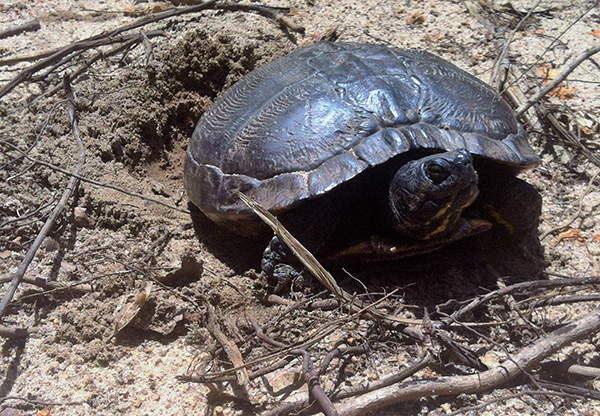
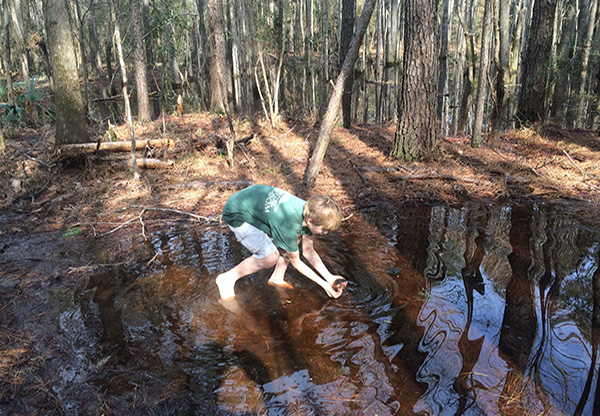
Bird Boxes
Wood duck, bluebird, and other bird boxes are designed to attract nesting birds but are used by many other forms of wildlife. Flying squirrels, gray squirrels, ratsnakes, and lizards all are known to enter them for nesting or in search of prey.
Dipnets
Dipnets can be found at general sporting goods stores and are effective for sampling in vegetation in aquatic areas and beneath banks. A variety of surprises can turn up in a dipnet.

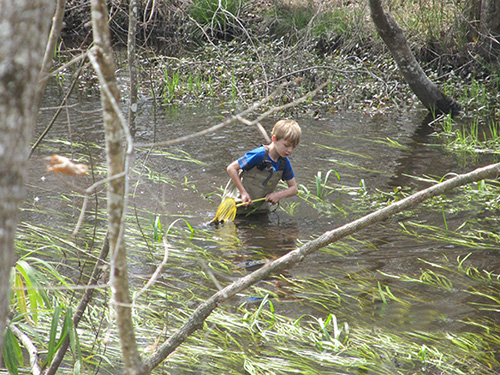
Coverboards
Coverboards are one of the simplest and most effective means of finding certain reptiles and amphibians, especially secretive salamanders that seldom venture above ground. Any kind of ground cover, including old carpeting, roofing tin, plywood, and sheets of tarpaper can be ideal coverboards that are effective for finding salamanders, frogs, lizards, and snakes.
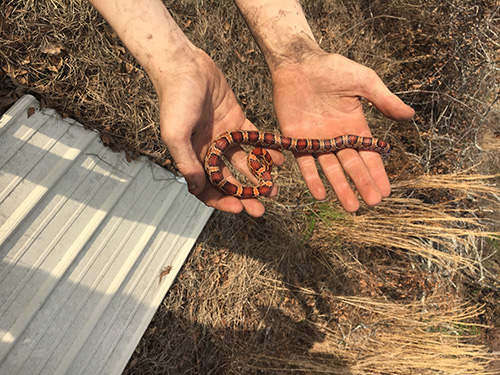
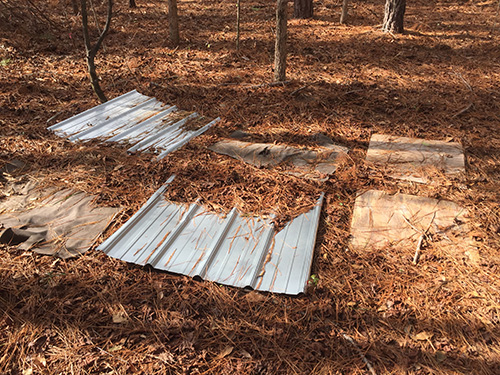
Minnow Traps and Trashcan traps
Plastic or metal minnow traps can be purchased online or at general sporting goods stores. The cylinders have funnels at each end and often yield not only minnows and other fish but also aquatic salamanders, small turtles, and snakes. Trashcan traps are a simple design of large, plastic trashcans in which hardware cloth funnels are placed on the sides and through which animals enter.
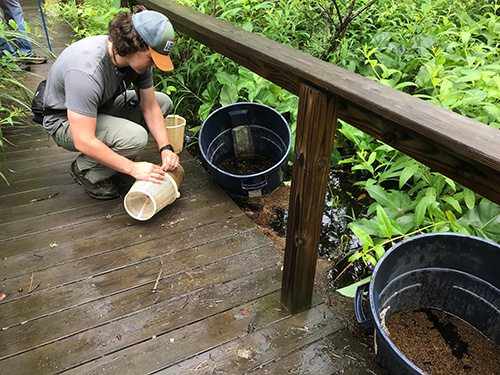
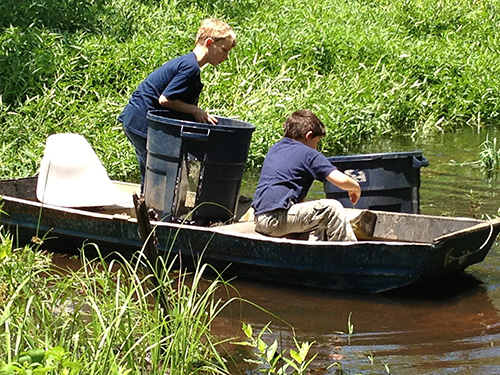
Litter Traps
Litter traps are small (one or two feet on a side) open mesh containers made from chicken wire or plastic milk bottle containers that are filled with sticks and leaves and then placed in a lake or stream. These can be periodically checked for larval salamanders and small turtles that seek out the container for refuge.
